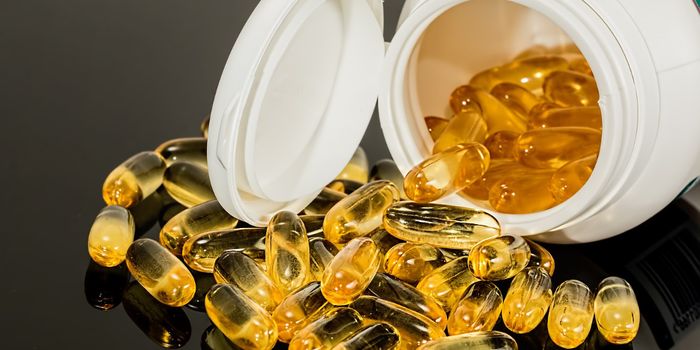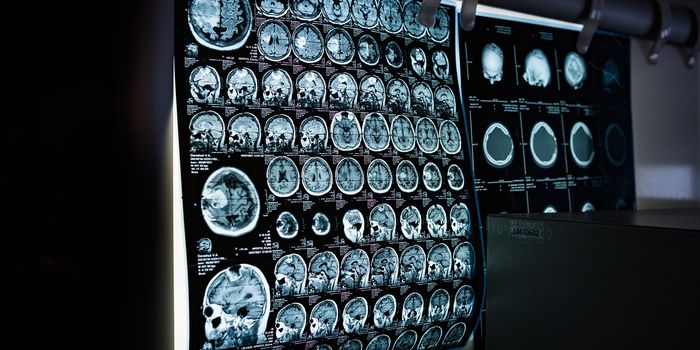Police Speeding Radar Technology Used to Catch Antibiotic-Resistant Bacteria
Doppler radars are used by cops to catch speeding drivers, in spacecraft navigation, and for forecasting the weather. Now, researchers describe a novel Doppler application: For examining living cells to detect the presence of pathogens.
Purdue University researchers exposed living cells to various known bacterial pathogens, including salmonella and E. coli. They performed a biodynamic assay, a method of observing cell dynamics using a Doppler radar.
“First we did biodynamic imaging applied to cancer, and now we’re applying it to other kinds cells,” said radar expert and study lead David Nolte. “This research is unique. No one else is doing anything like it. That’s why it’s so intriguing.”
The Doppler effect, named after Austrian physicist Christian Doppler, was first described in 1842. It details the change of wavelength and frequency of a wave caused by the motion of the wave source.
Applying the Doppler effect to biological samples has the potential to help scientists identify whether microbes present in food, water, and the environment could be harmful to humans.
“This directly measures whether a cell is pathogenic,” said Michael Ladisch, another researcher involved in the development of the new technique. “If the cells are not pathogenic, the Doppler signal doesn’t change. If they are, the Doppler signal changes quite significantly. Then you can use other methods to identify what the pathogen is.”
“This is a quick way to tell friend from foe.”
Interestingly, another benefit of this technique is to identify antibiotic-resistant bacteria rapidly. Traditional methodologies for ascertaining antibiotic resistance involve culturing bacteria from a patient sample in a microbiology lab, a process that usually takes around 10 hours. Patients with sepsis, or wide-spread systemic infections, cannot afford to wait for the results.
Here’s where the Doppler imaging technique can really shine. Doctors can create an array of tiny samples derived from the patient and treat each well with a different antibiotic. Doppler will be able to note which antibiotics have the most potent bacteria-killing effects in a fraction of the time it would typically take.
“When we treat with antibiotics, the bacteria don’t have to multiply much before they start to affect the tissue sentinels,” said Nolte. “There are still too few bacteria to see or to measure directly, but they start to affect how the tissues behave, which we can detect with Doppler.”
“This use of intracellular Doppler spectroscopy of living tissue sentinels opens a new class of microbial assay with potential importance for studying the emergence of antibiotic resistance,” wrote the authors.
Sources: Purdue University, Communications Biology.









